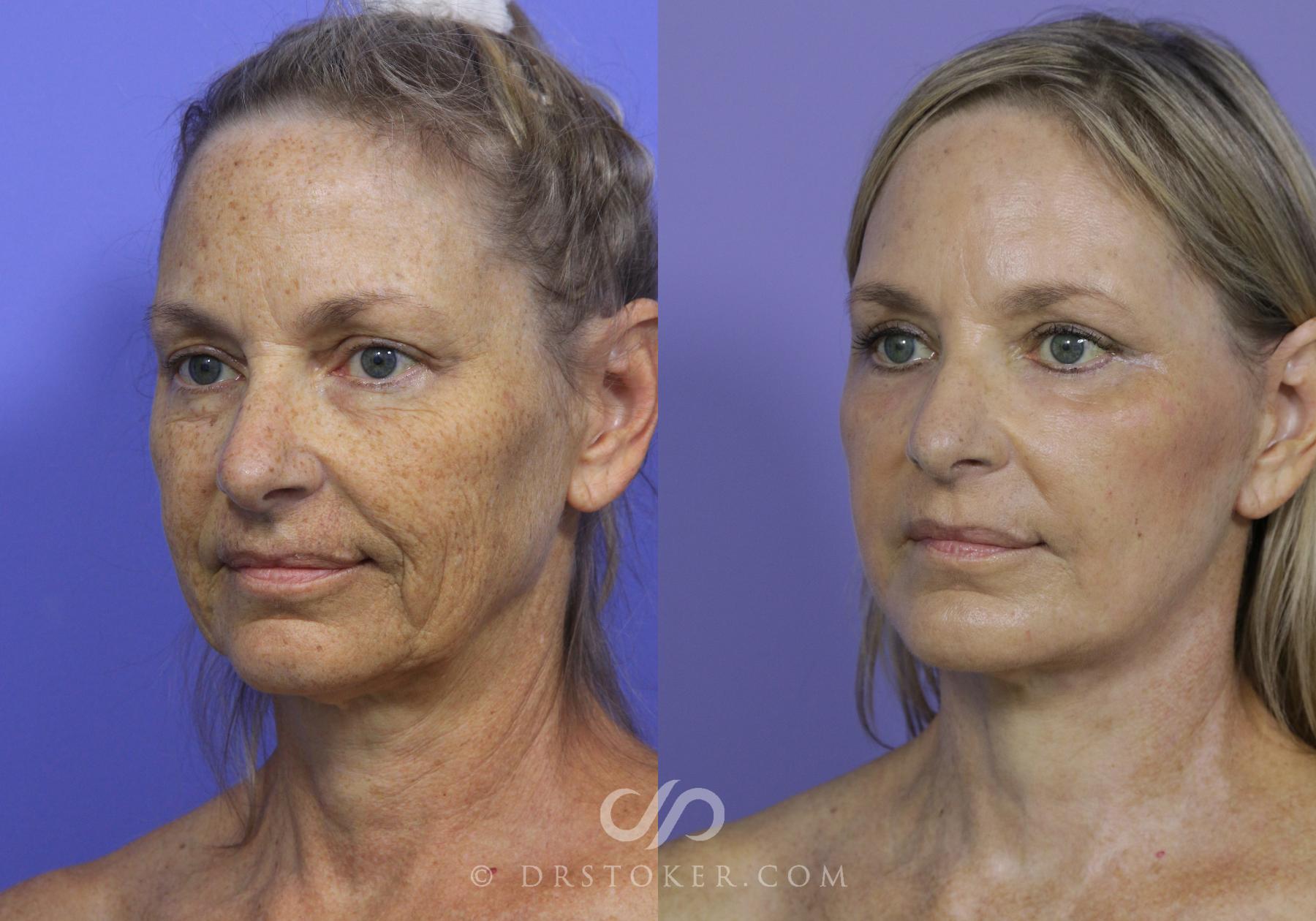How To Turn Browsers Into Believers—and Booked Consults
In the aesthetic industry, your results speak louder than words—and your online gallery is where they do the talking. Think of your photo gallery as your practice’s storefront window: a curated space where potential patients see what’s possible for them.
In fact, for Etna clients, the gallery is often the second most visited section on their websites—right after the homepage. Done right, it builds credibility, inspires confidence, and motivates visitors to take the next step.
So, how do you make sure your gallery isn’t just good, but great? These 4 keys can help—plus, we’ll show you how Etna’s powerful Curator B&A software makes it easier to showcase your best work.
1. Quality: Crisp, Clear, and Professional
The only thing worse than having no photos is having bad photos. Blurry, poorly lit, or outdated images can undermine even the best surgical results.
Best practices:
- Use high-resolution photography.
- Keep lighting, angles, and backgrounds consistent.
- Retire older images that no longer reflect your current aesthetic or technical skill.
Pro tip: Curator B&A enforces image quality standards and guides your uploads so you never have to second-guess. It even helps maintain consistency across every case.
2. Quantity: Showcase Depth and Diversity
One or two photos per procedure isn’t enough. Visitors want to see variety—not just in procedure types, but in patient demographics, ages, and body types. Your gallery should show you’ve done this procedure many, many times, not just a handful.
Best practices:
- Include multiple cases per procedure.
- Show a range of results (e.g., subtle vs. dramatic).
- Represent diverse patients so visitors see themselves in your gallery.
Pro tip: With batch uploading, smart tagging, and filters, Curator B&A helps you quickly build a rich, easy-to-browse gallery.
3. Consistency: Apples to Apples
Your before-and-after images should look like they belong together. Mismatched lighting, poses, or expressions can confuse visitors and distract from your results.
Best practices:
- Use the same lighting, pose, and background in both shots.
- Capture neutral facial expressions and natural posture.
- Maintain symmetry in cropping and framing.
Pro tip: Curator B&A includes built-in cropping and side-by-side viewing tools to ensure your photos match perfectly—and look polished on any device.
 The consistency of Dr. David Stoker’s before-and-after photos enhances authenticity and enables the viewer to focus on the dramatic results.
The consistency of Dr. David Stoker’s before-and-after photos enhances authenticity and enables the viewer to focus on the dramatic results.
4. Comprehensiveness: Cover Every Service You Offer
If a procedure doesn’t appear in your gallery, visitors might assume you don’t offer it—or worse, that your results aren’t worth showing. Every core procedure should be well-represented.
Best practices:
- Include cases for every major procedure.
- Add new photos regularly to reflect current trends and techniques.
- Use manufacturer-provided images temporarily while you build your own library.
Pro tip: Curator B&A makes it easy to tag and organize cases by procedure, body area, age group, and more—so visitors find exactly what they’re looking for.
A Great Gallery Doesn’t Build Itself
Your surgical skills lay the foundation. But it’s your photo gallery that builds the trust, generates the excitement, and ultimately drives new consultations.
With Curator B&A, Etna’s purpose-built photo gallery software, your practice can showcase your work with the same precision and polish you bring to every case.
Ready To Take Your Gallery to the Next Level?
If you’re interested in Curator B&A, or any of our digital marketing services, we invite you to get in touch by contacting us online or by phone at (844) 236-7587.

Excellent synopsis. Photo gallery is so important in plastic surgery.
Hi Dr. Hasen,
You are a master at creating great results and excellent before/after photos. People could learn a lot by studying how you do it and visiting your plastic surgery photo gallery.
Keep up the great work!
To visit Dr. Hasen’s photo gallery: http://www.drhasen.com/photo-gallery/